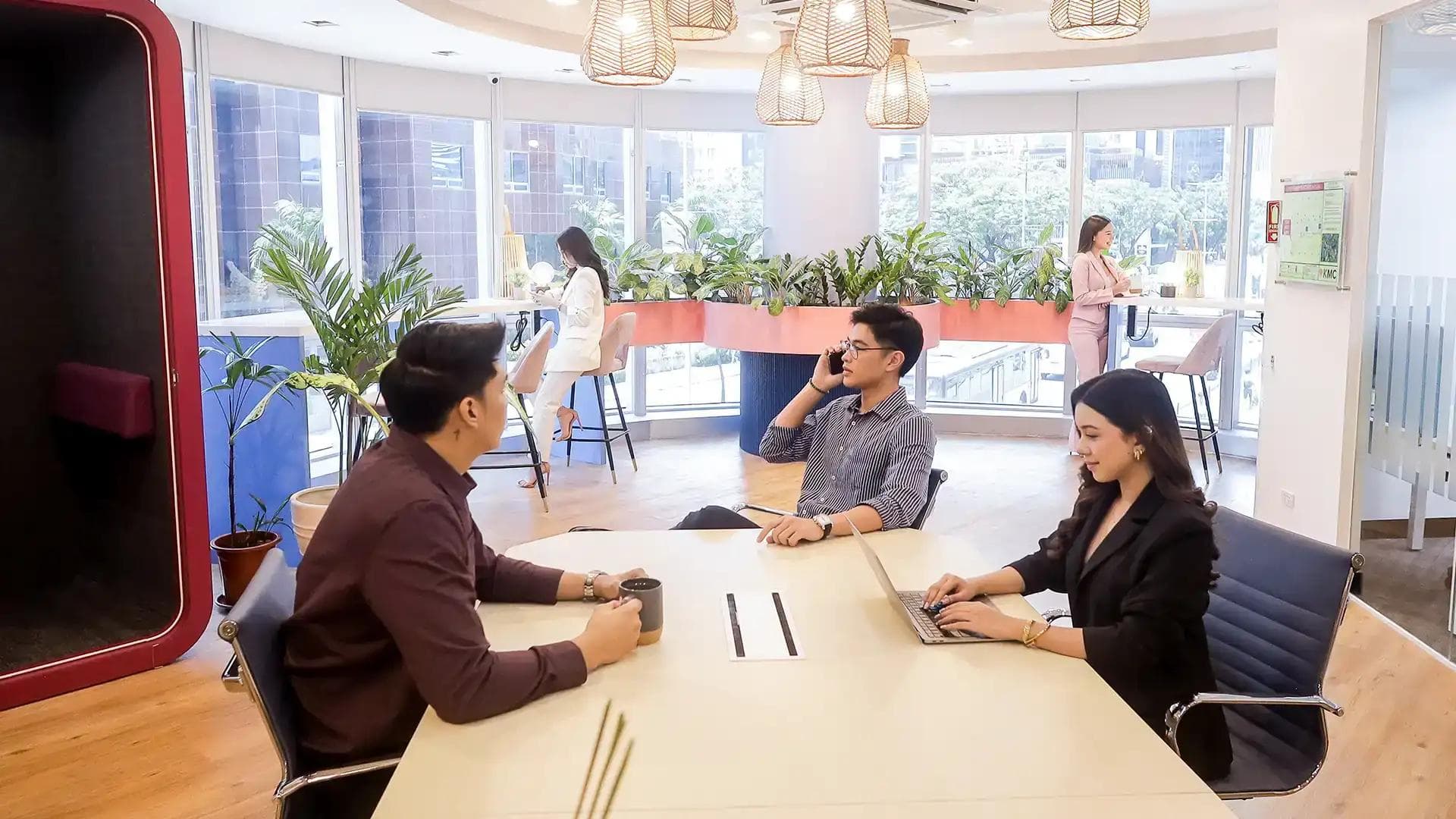Why Future-Focused Companies Are Moving Toward Full-Stack, Human-First HR Models
By Clara Crisostomo | 05/16/2025

In today’s global business environment, the expectations placed on HR teams are more demanding than ever. Once tasked primarily with managing payroll, benefits, and internal policies, HR departments are now expected to drive talent strategy, ensure compliance across multiple jurisdictions, and deliver meaningful employee experiences—all while navigating a rapidly evolving world of work.
For many growing companies, the solution has been Human Resources Outsourcing (HRO)—a model built to alleviate operational burden by offloading select HR functions to third-party providers. But as businesses become more distributed, diverse, and talent-driven, it’s becoming clear: HRO alone may no longer be enough.
HRO’s Value—and Its Limitations
Traditional HRO providers continue to offer value by handling transactional tasks like benefits processing, regulatory filings, and payroll support. For companies expanding beyond their core geographies or adapting to hybrid work models, these services can address immediate gaps.
However, the modern workforce often requires more than operational coverage. It increasingly demands a model that’s attentive to people, culture, and long-term performance. Many HRO solutions stop short of these needs. They typically don’t recruit talent, support team integration, or provide infrastructure that enhances employee experience. As a result, companies may find themselves managing fragmented providers while struggling with retention and engagement.
From Vendor to Partner: The New HR Imperative
In response, a more integrated workforce support model has emerged: the Employer of Record (EOR). Designed to support remote and cross-border employment, EOR providers act as the legal employer on behalf of the client.
Some platforms are extending the EOR model further—offering not only compliance support, but also services like recruitment, onboarding, workspace, housing, and employee engagement programs. This approach helps companies operationalize their workforce strategy across borders while maintaining consistency and alignment with internal values.
A Look at KMC Teams’ Model
KMC Teams is one such provider offering this broader approach. It supports companies looking to engage talent in the Philippines, Vietnam, Mexico, or Colombia—without requiring local entity setup or multiple service providers.
Its model includes support across various touchpoints: sourcing candidates, managing compliant contracts, preparing workspace environments, and providing optional employee support programs. The goal is to create a stable and well-supported workforce for clients navigating new or complex markets.
Why Human-Centered Practices Matter
Retention and engagement are increasingly top concerns for HR leaders. Organizations that provide strong support systems for their employees—regardless of location—tend to see better outcomes over time. Teams that are supported with wellness initiatives, workplace culture integration, and career growth pathways are more likely to stay engaged and perform effectively.
This focus on experience is particularly relevant when operating in international or distributed contexts, where employees can otherwise feel disconnected from the core organization. Structured onboarding, community programs, and consistent HR practices can make a meaningful difference.
A New Mandate for HR Leadership
Modern HR leadership must be both strategic and adaptable. Whether expanding into Southeast Asia, entering LATAM markets, or building remote teams, HR teams must evaluate whether their current systems are equipped to support that growth.
Some key questions to consider:
- Are we prioritizing short-term fixes or long-term team stability?
- Do our partners align with our values and operational standards?
- Are we managing multiple vendors—or building a cohesive workforce strategy?
If traditional HRO solutions feel limited, exploring broader workforce support platforms may provide more flexibility and alignment.
Strategic Differences to Consider
1. Talent Acquisition: Some platforms, including KMC Teams, support sourcing and vetting talent—not just post-hire administration. This can improve talent alignment and reduce hiring cycles.
2. Infrastructure Integration: Services like office setup, IT provisioning, or optional housing assistance provide operational continuity across markets.
3. Compliance Management: Regional compliance expertise helps reduce risks in complex regulatory environments.
4. Employee Support Programs: Structured programs for wellness, community, and development can enhance engagement and reduce attrition.
5. Simplified Vendor Management: A consolidated approach may reduce inconsistencies and delays caused by managing multiple external providers.
Adapting to a More Complex Workforce Environment
The demands placed on HR systems are growing more complex. Companies are navigating remote-first operations, distributed teams, and increasingly diverse employment models. At the same time, expectations around employee experience and inclusion are becoming more pronounced.
These shifts may require more than traditional outsourcing models. Organizations exploring expansion or restructuring may benefit from solutions that support both operational needs and workforce continuity.
A Collaborative Path Forward
HRO models will continue to be relevant for many businesses, especially those with specific administrative or compliance challenges. But companies with more complex needs—such as building distributed teams, scaling in unfamiliar regions, or supporting long-term talent strategy—may require a broader solution.
Full-stack Employer of Record platforms offer one such pathway. They allow businesses to centralize their workforce management across locations, while focusing on employee well-being, compliance, and long-term performance.
For companies that see their workforce as a strategic asset—not just a resource to manage—this model can offer additional tools and alignment.
Ultimately, the right approach will vary by company. But one thing is clear: future-proofing HR requires systems that can evolve with the business and the workforce alike.
Sources
Home | Great Place To Work®